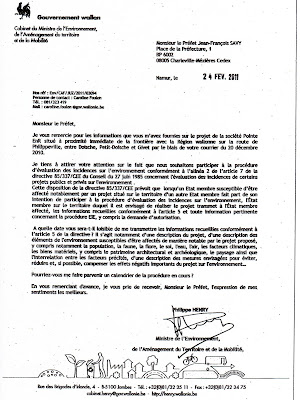Hector Guimard Lyon, March 10, 1867 - New York, May 20, 1942
E 'was a French architect, the main exponent of Art Nouveau in France.
the international dependency of Art Nouveau, Guimard ago figure of sniper isolated leaves no disciple behind him, nor any school, and why it has long been tempted to regard it as a secondary player in this movement - lack of seed that contrasts with the extraordinary formal and typological profusion of his architectural and decorative work, where the architect provides the best of himself in about fifteen years of extraordinary creative activity.
From his studies of architecture, Guimard is sensitized to the theories of Eugène Emmanuel Viollet-le-Duc, which laid the foundations, since 1863, the future structural principles of Art Nouveau. The conversion of Guimard style itself is by its most detailed: it is during a trip to Brussels, where he visits the Tassel of Victor Horta. The realization of the most emblematic of this age, the Castel Béranger (1898), illustrates this moment of transition that saw the shock between these two legacies: the medieval-inspired geometric volumes of the great work spreading the organic line in profusion "in whiplash imported from Belgium.
Guimard Castel Beranger made famous overnight and then allowed him numerous commissions to refine his research increasingly aesthetic - the harmony and continuity of style in particular (a principal ideal of Art Nouveau), which led to an almost totalitarian conception of the interior decoration, culminating in 1909 with the hotel Guimard (wedding present to his rich American wife) where oval rooms are furnished with period furniture, an integral part of the building.
If the shaft of light right in Victor Horta is a given rather absent in his work (except late Hôtel Mezzaro example, in 1910), Guimard drug leads, however, spatial experiences, the volumes of his buildings in particular: Home Coilliot and its curious double-facade (1898), the villa and its beautiful Bluette The volumetric harmony (1899), and especially the Castel Henriette (1899) and Castel d'Orgeval (1905), radical manifestations of a "flat-free" vigorous and asymmetrical, twenty-five years before the theories of Le Corbusier. The symmetry is not proscribed, the splendid hotel Nozal, in 1905, incorporating the provision of a rational plan in the framework proposed by Viollet-le-Duc.
Innovations There are also structural, as in this extraordinary concert hall Humbert de Romans (1901), where a complex structure breaks up sound waves to get to perfect acoustics. Or, similarly, as in Hotel Guimard (1909), where the narrowness of the lot allows the architect to reject any function carries on the external walls and deliver all the interior layout, different from one floor to another.
Toccatutto brilliant, Guimard is also a precursor of industrial standardization, insofar want to spread the new art on a grand scale. On this floor knows a real success - despite the scandals - with its famous Metro entrances in Paris, flexible constructions the triumphant ornament structural principle of Viollet-le-Duc. The idea is taken - but with less success - in 1907 with a catalog of cast iron elements applicable to architecture: the artistic castings style Guimard. Date back to 1911, the Hôtel Mezzaro and apartment buildings of the Rue Agar.
As for the overall architectural framework, the conception of its intrinsic works of art carry the same ideal of formal continuity (which allows you to combine all the practical functions into a single body, as with the Vase of Binelles of 1903) and linear, as in the design of its furniture, from the graceful and harmonious silhouette.
His inimitable stylistic vocabulary proceeds of a particular plant organicism attractive, while remaining resolutely on the side of abstraction. Mouldings and nervous movements invest so much stone that the wood in the pot, it creates real Guimard abstract compositions that fit with the same freedom to the window (Hôtel Mezzaro, 1910), the ceramic panel (home Coilliot, 1898), iron Forged (Castel Henriette, 1899), the painted paper (Castel Beranger, 1898) or tissues (Hotel Guimard, 1909).
But despite this firework of innovations and demonstrations in many areas, the world quickly deviates from Guimard: less work, is the man who irritates. And, honorable representation of Art Nouveau, is himself a victim of contradictions related to the ideals of the movement: his most perfect creations are financially inaccessible to the greatest number, and reverse its attempts at standardization are hurt her very personal vocabulary. It is completely forgotten when it expires in 1942 in New York, where he was exiled for fear of the war (his wife was Jewish).
After many destructions, explorers blocks (the first "hectorologi") leave to the rediscovery of the artist and his universe to the years 1960-1970 with patience and reconstitute its history. If the key has been done in this field, that is, one hundred years after the "magnificent gesture" Art Nouveau "(Le Corbusier), most of the buildings Hector Guimard remain inaccessible to the public, and that a "Museum Guimard" has not yet been opened in France.
http://it.wikipedia.org/wiki/Hector_Guimard
portal entrance to the Castel Béranger
access the
Metro stop Pasteur
Access
the Abbesses Metro stop
sketch for the cover of the magazine "Revue d'Art"















